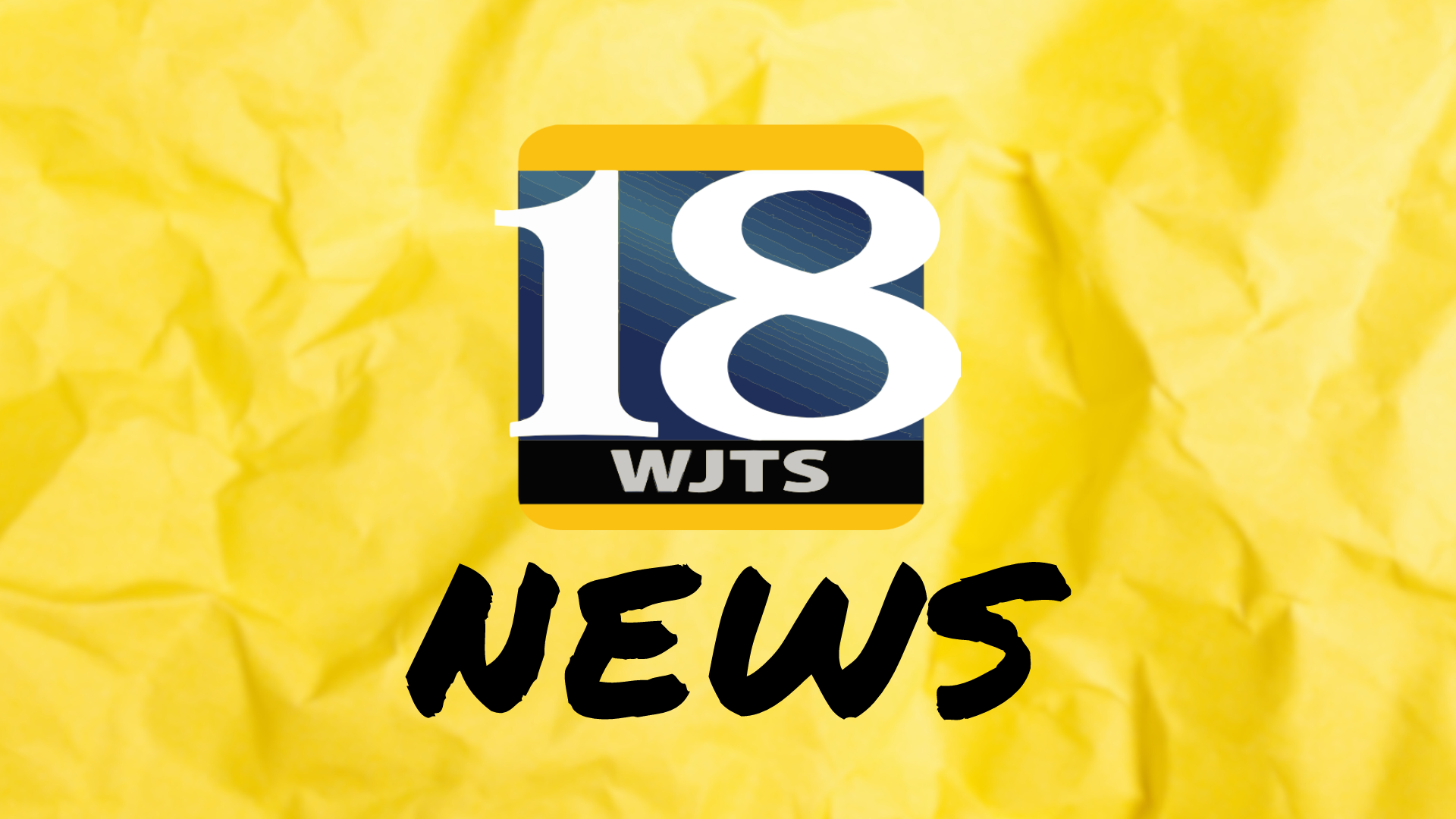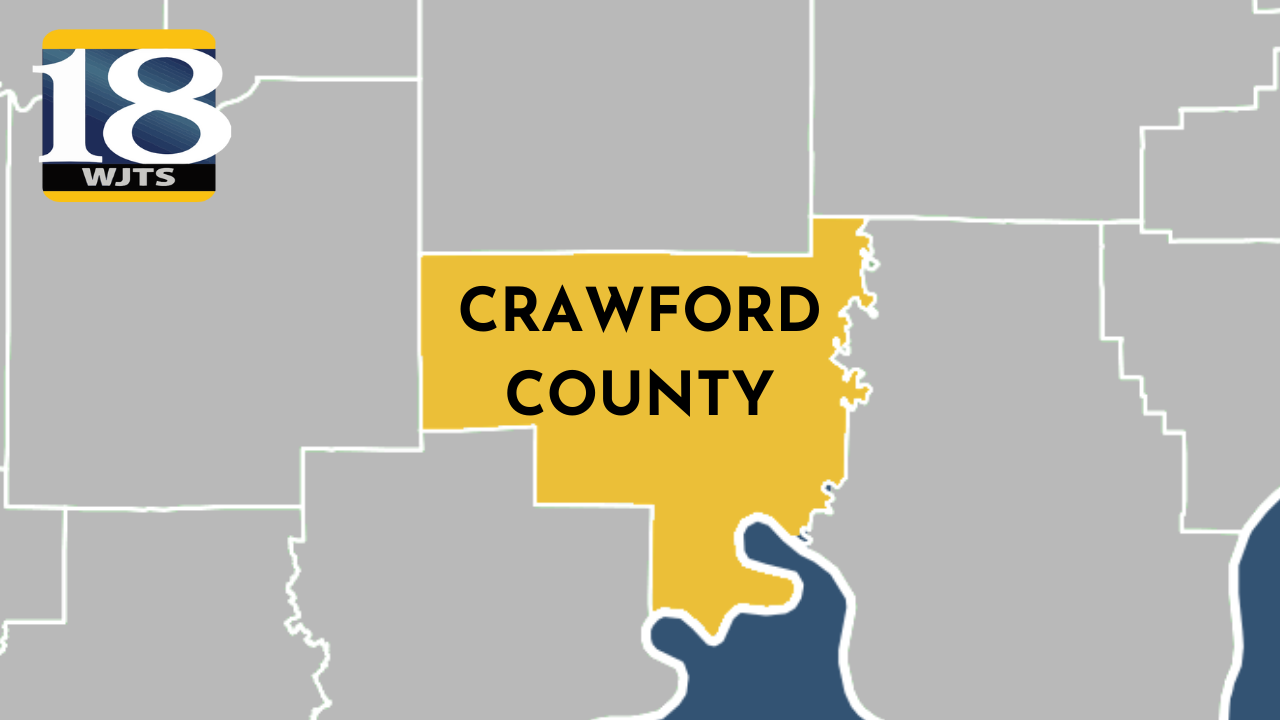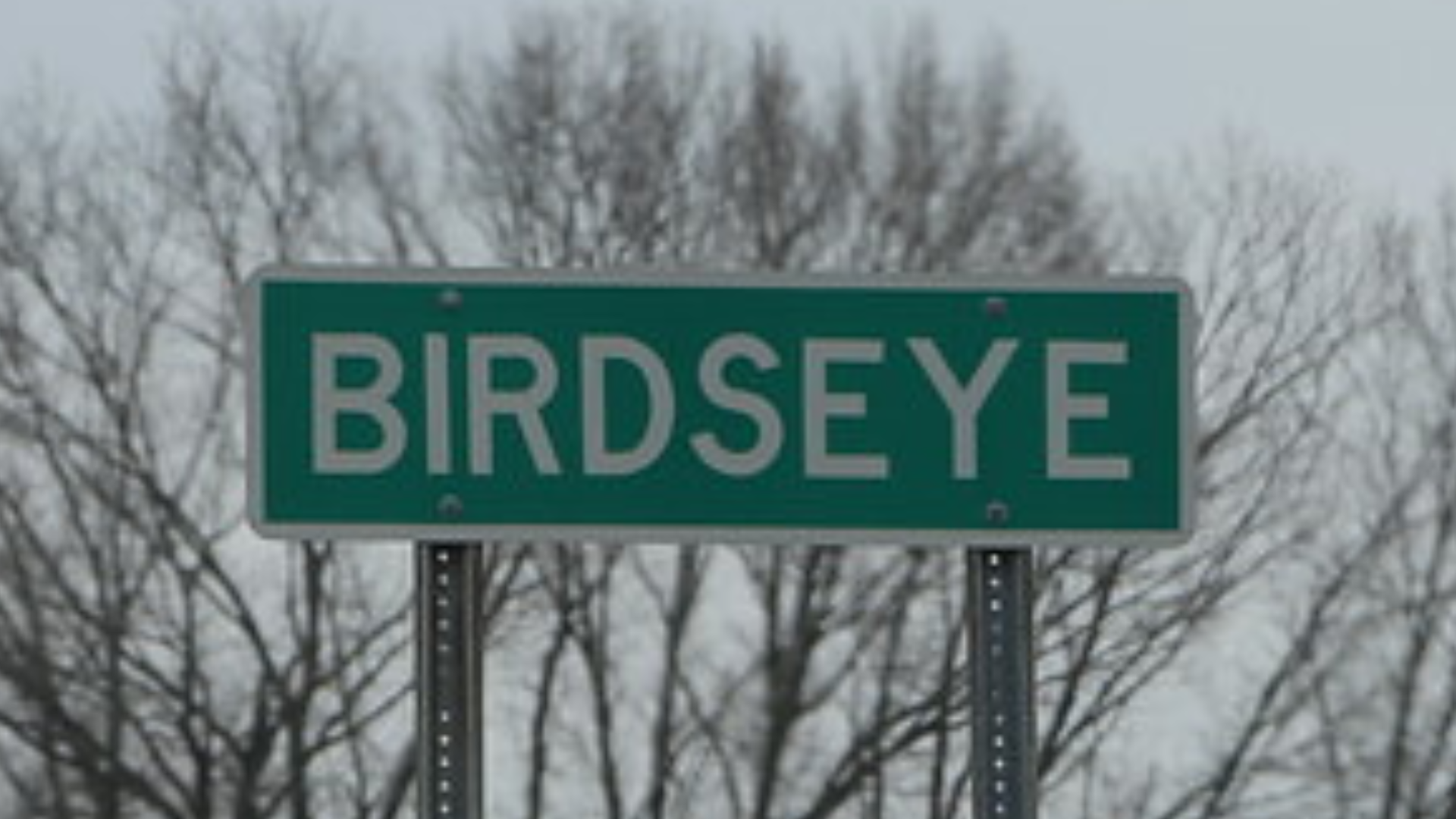As we head into fall, Indiana enters prime deer-vehicle collision season, with a noticeable spike in accidents involving deer from October through December. This period aligns with the deer rut, or mating season when deer are most active and frequently cross roads, especially at dawn and dusk. These are the most dangerous hours for drivers, with low visibility and increased deer activity making collisions more likely.
Indiana sees around 15,000 deer-related crashes each year, according to state transportation data. Nationwide, deer-vehicle collisions account for hundreds of fatalities annually, alongside significant property damage and injuries. The highest risk occurs in rural areas where roads cut through farmland and wooded areas—ideal deer habitats. Deer-related accidents are less common in urban environments but can still happen.
To help avoid these accidents, drivers should take a few precautions:
- Slow down and be extra vigilant in deer-crossing zones.
- Use high beams when driving at night to increase visibility.
- Pay attention to the times between 6 and 9 p.m., when deer are most active.
- If you see one deer, be aware that others are likely nearby—they often travel in groups.
- Avoid swerving to miss a deer, as this can lead to losing control of your vehicle or veering into oncoming traffic.
Despite these efforts, accidents are sometimes unavoidable. If a collision occurs, drivers are advised to stay calm, move their vehicle off the road if possible, and contact local authorities for assistance. With careful driving and awareness, many of these crashes can be prevented as we move through the peak of deer season.
You can find more information by visiting the links provided below:





You must be logged in to post a comment.